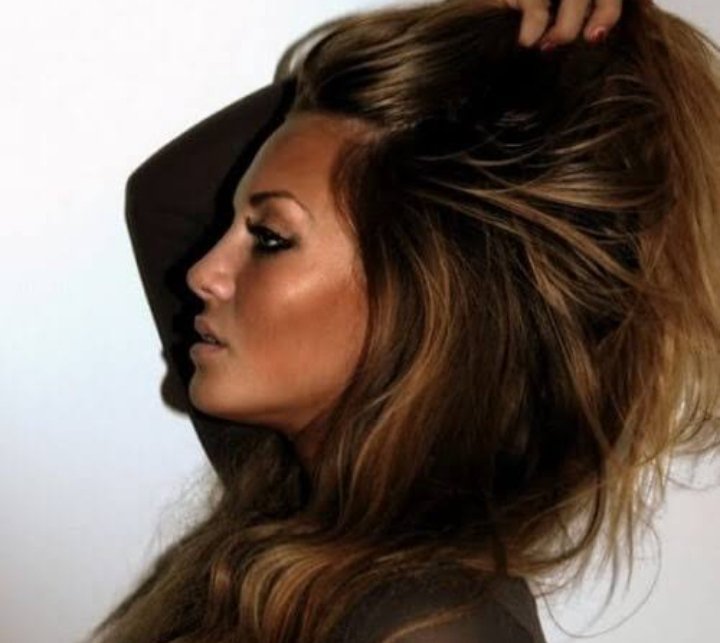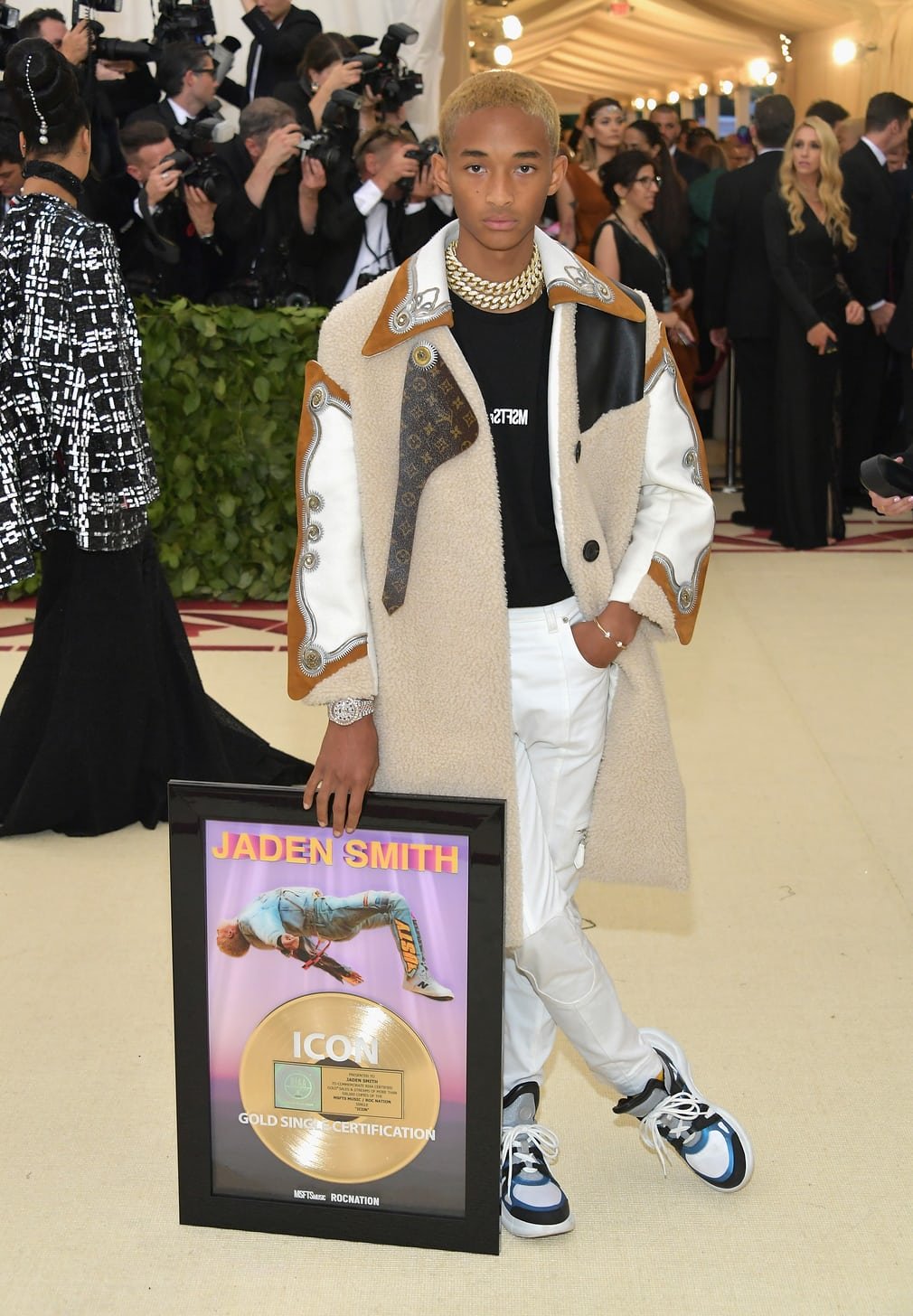It’s often said that your hairstyle is the one part of your look that you wear every day; unlike clothes, our hair doesn’t usually end up in the laundry basket. How a person wears their hair says as much about how they want to present themselves as their fashion choices, but it’s important that a hairstyles suits our natural appearance whilst reflecting our individual tastes.
When it comes to the cut, you need to find out which hairstyles are going to suit your face shape. And the colour? Well this is all about your skin tone.
Before taking your pick of hair colors, you need to ID your skin’s undertones. Most people fall into one of three categories: warm, cool, and neutral. Figuring out where your complexion lies can seem confusing, but there are a few tricks:
Skin tone vs. undertone.
Now, most people can generally tell whether they have a fair, medium or dark skin tone, but when it comes to the colours that you’ll find are the most flattering, it gets a little more complicated.
There’s tone – the surface colour of the skin – and then there’s undertone. Undertone is the subtle hue beneath the surface of your skin; this is the key to finding out your ideal colour palette (FYI, it also applies to makeup, clothing and jewellery). Whilst the surface colour of our skin can change, skin undertone never changes (even if you’ve got a tan!), so it’s a much better way to determine which colours you really do suit.
How to determine your skin undertone.
There are three undertone colours: cool, warm and neutral. If you have warm undertones your skin will appear peachy, yellow or golden; cool skin undertones have a blue, pink or red tinge, whilst neutral skin undertones are usually balanced between blue and yellow, and are generally closer in appearance to the skin’s surface tone.
It’s not necessarily that easy to decipher your skin undertone. It’s rarely a case of just knowing whether you have a cool, warm or neutral undertone; you’ll probably have to do a few things to work it out:
- Look for specific colors. “Cool-toned skin has blue and olive undertones while arm-toned skin has yellow and gold,” says Rachel Bodt, senior colorist at Red Door Spa in New York City.
- Match yourself with a celeb. When you’re looking for A-list color inspiration, try to pick out people with similar skin and eye coloring to your own. It’ll give you a much better idea of how the hue will actually look on you.
- Check your wrist… “You’ll see the pinks, reds, blues, greens, and yellows there,” says Darling. This includes your veins, which are a great indicator of tone. “If your veins are blue or purple, you’re likely cool-toned,” notes Bodt. “If they are green, you are warm.”
- or your eyes. “If you have a lot of gold specks in your eyes, usually your undertones are warm,” says George Papanikolas, celebrity hairstylist. “If you have a lot of blues and greens, then you are usually cool.”
Now that you’re well-versed on your skin coloring, it’s time to get schooled on different hair colors.
The general rule of thumb is that cool skin undertones look most flattering with cool hair color, while warm skin undertones look best with warm hair color. This way, matching hair color to your skin tone accentuates your complexion and brings out your features.
However, sometimes picking an opposite tone can make a striking contrast. Say, a very light, cool freckly skin looks fantastic with warm copper hair shade. Let’s compare different ways to find the most suitable hair color for your skin tone.
Fair Skin with Warm Undertones.
Fair-skinned girls are often naturally blonde, and if this description applies to you, we recommend looking at honey and golden blonde hair colors to match your warm skin. Don’t dye your hair more than half a tone darker – it will make you look washed out.
Those with naturally darker hair and fair skin with warm undertones can choose between cool brown and warm brown hair colors. Warm brunette tones, like milk chocolate, caramel or golden brown will complement warm tones in your skin and emphasize hazel and green eyes.
The cool ashy brown color will create a contrast with warm skin tone and accentuate blue or gray eye color. Cooler tones are normally fading quicker, so you might consider using a silver shampoo to upkeep the shade.
For blondes who have a medium skin tone with cool undertones, sandy or beige blondes work especially well; similarly, those with warm undertones should go for a more natural look. Basically, when it comes to medium complexions, brondes (or brownish-blondes) just wanna have fun.
If you’ve got dark skin with warm undertones, you should offset a soft honey blonde with dark roots; balayage or ombré hair colours are a great option. Ash blondes work better on dark skin with cool undertones.
Non-natural colours.
You didn’t think we’d neglect to mention unicorn hair colours, did you?! Nowadays, it’s all about non-natural hues; from pretty pastels to bold neon shades, technicolour hair is where it’s at. However, the skin tone/skin undertone rule still applies; the colour of your hair can lift your skin or leave it looking sallow – no matter how bright it may be.
Pastel pink shades are ideal for those with fair, cool complexions. If you’ve got warm undertones, pastel blue-hues will reveal your inner glow; think pastels like lavender, baby blue or aqua (after all, everyone secretly wants to be a mermaid!).
Vibrant jewel colours like fuchsia or magenta enhance the depth and natural glow of medium to dark skin tones (especially those with cool undertones). Compliment a medium skin tone that’s got warm undertones with jewel-hued blues and aqua colours; if you’re really into the idea of lighter non-natural colours, consider an ombré pastel hair colour with natural-looking roots.
Dark skin with cool undertones can really pull off colour-popping purples; vivid violets, bright purple-pinks and even slightly blue hues are perfect for making a statement. Those with warmer undertones will find deeper purples like plum and ruby more flattering, since they’ll enhance the natural radiance of your skin.
Hair colours for neutral skin undertones.
If your skin undertone is neutral, you’ll probably need to focus more on what suits your skin tone (based on its surface colour). You should always think about the texture, weight, length and overall health of your hair, as well as its current (and natural) colour before reaching for the dye. Book a consultation with your colourist to discuss your options before committing to a new colour.
Key Takeaways.
- Your skin color is determined by the melanin production in your body.
- You can check your wrists to figure out if you have warm or cool undertones.
- Warmer shades pair well with warmer skin tones, while cooler colors work well with cool skin tones.
- You also need to consider your surface skin tone, such as fair, medium, dark, and olive tones.
- Other things to keep in mind include thinking about the predominant colors in your wardrobe, your eye color, your makeup looks, and if you want a dash of color like highlights or a full color change.



